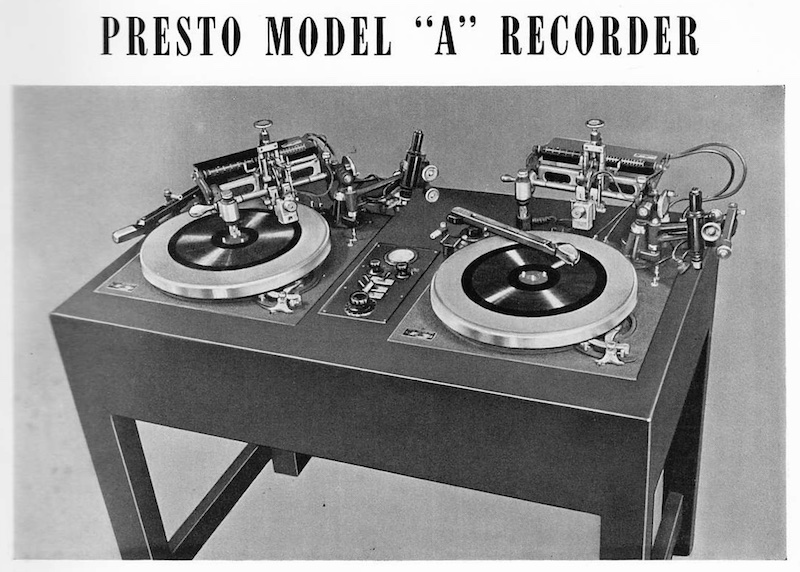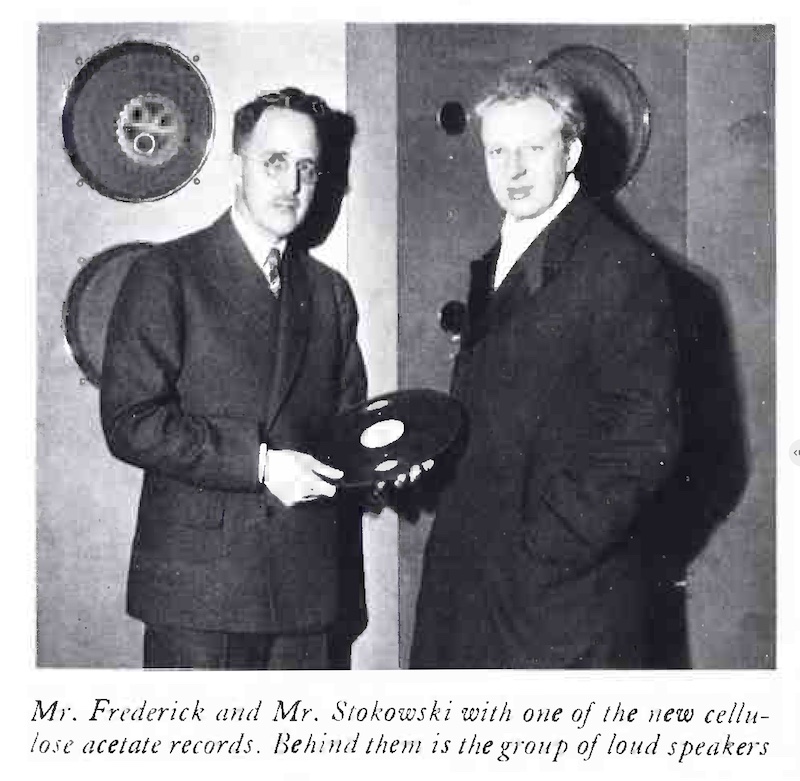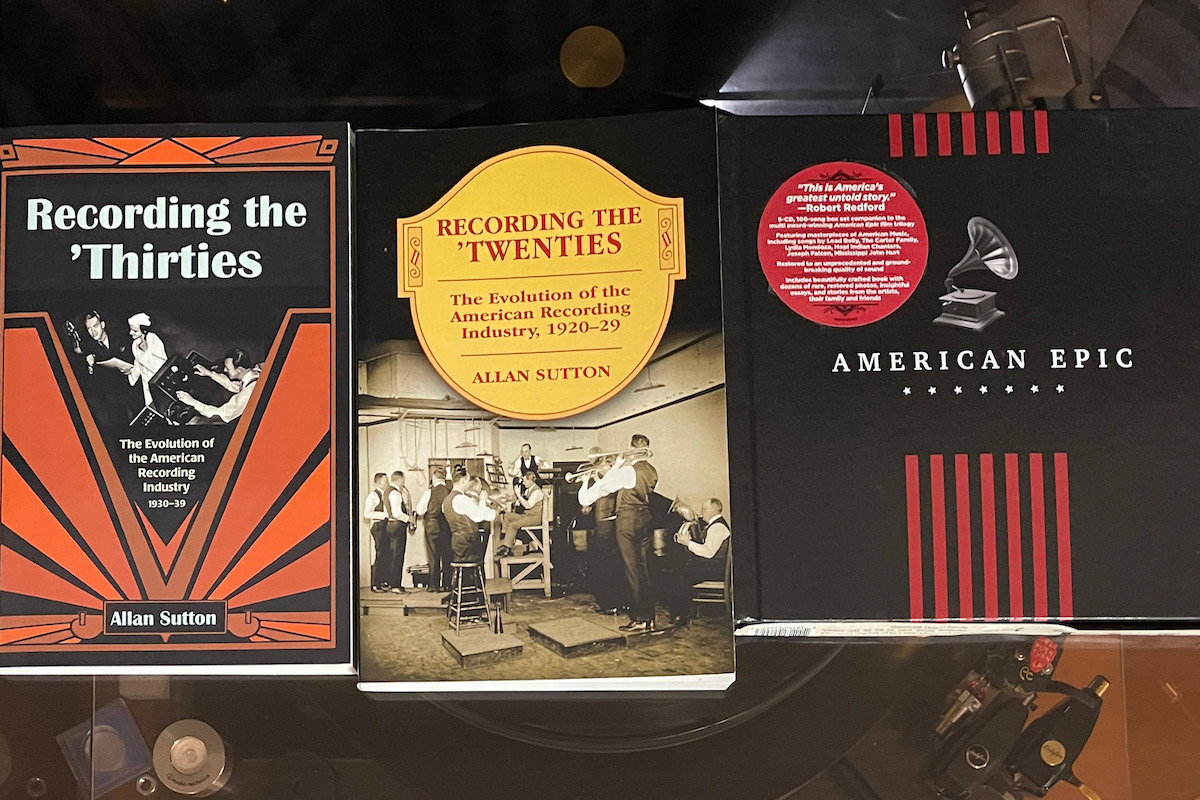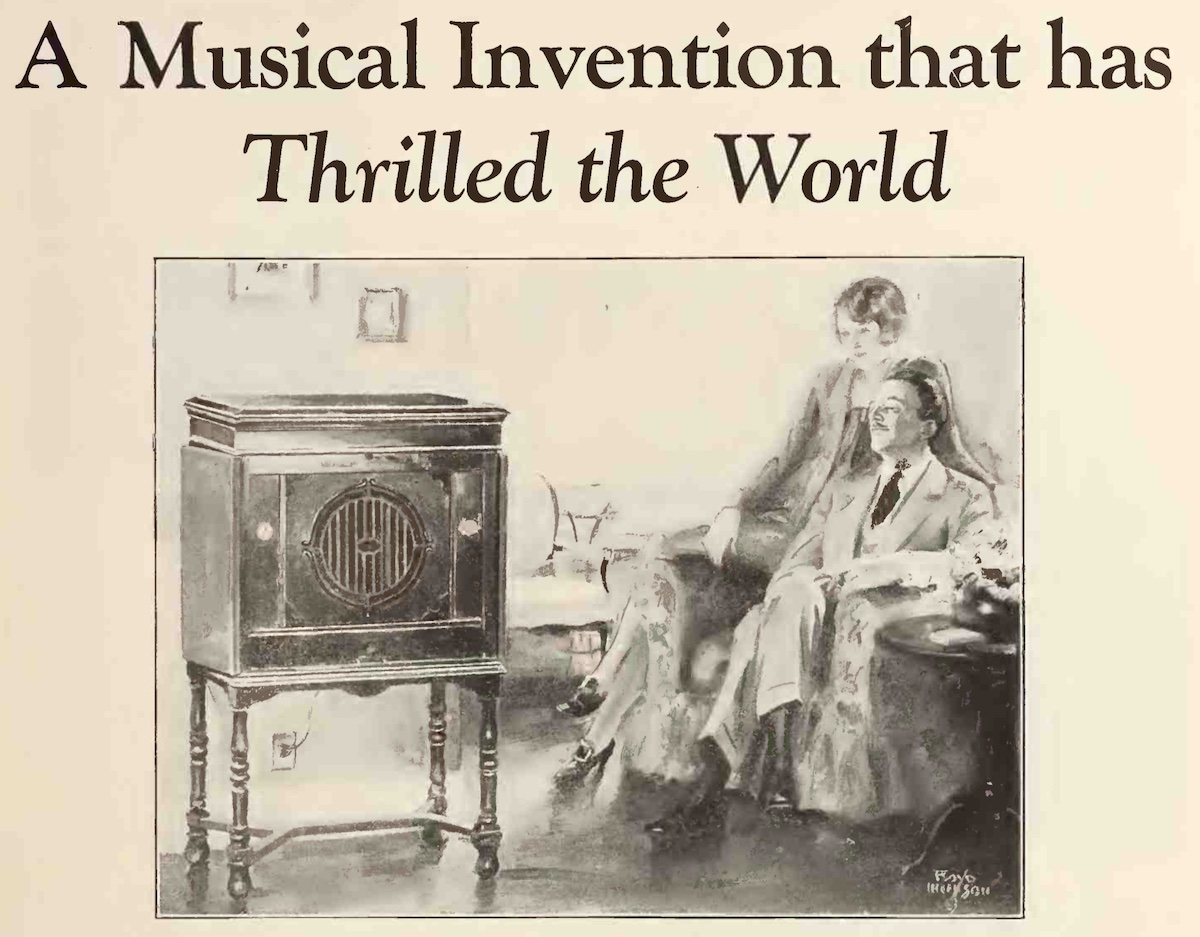Things I learned on Phono EQ curves, Pt. 6
前回 は、ストコフスキーのエピソードの他、横振動トランスクリプション、RCA/NBC が1939年に発表した Orthacoustic 特性など、あれこれについて調べました。
On the previous part, I studied on the interesting episode of Leopold Stokowski with Bell Telephone Laboratories, lateral transcription discs, RCA/NBC’s Orthacoustic characteristic, etc.
今回はその続きで、アセテート録音機の登場、業界を震撼させた技術論文、および現代につながる超軽針圧ピックアップの開発などについて学んでいきます。放送局トランスクリプション用である1942年NAB録音再生カーブの話まで、あともう少しです。
This time, I am going to continue learning the history, including an advent of instantaneous disc (lacquer) recorders, the technical paper that shook the industry, and ultra-lightweight reproducing pickups that definitely was the pioneer of the modern pickups we now use. This article is coming a few steps toward the 1942 NAB standardization (for electrical transcription discs).

source: “Presto Recording Corp: Pioneers of ‘Instant’ Analog Disc Recording”, Preservation Sound website.





